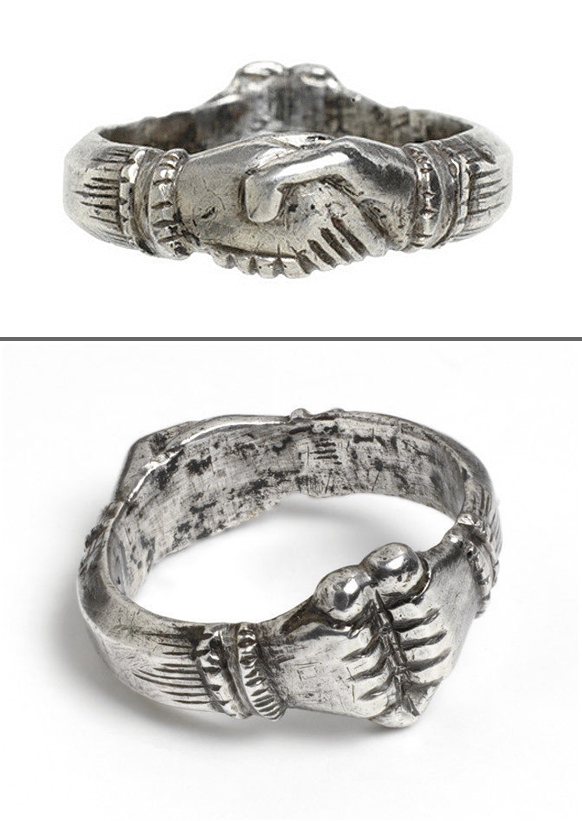1702
1703
1704
1705
1706
1707
1708
1709
1710
1711
Virtual reconstruction of the city of Ephesus. Ephesus, Greek Ephesos, the most important Greek city in Ionian Asia Minor, the ruins of which lie near the modern village of Selƈuk in western Turkey.
Illustration Credit: Ádám Németh - virtualreconstruction.com
1712
1713
1714
1715
1716
Hadrian's Villa (Rome) was built from 118 to 134 AD. It had a building area of 120 hectares, in which Hadrian had built miniatures of famous buildings and facilities as he had seen them on his travels inGreece andEgypt. Photography by @carolemadge via lifo.gr
1717
1721
1723
1724

























